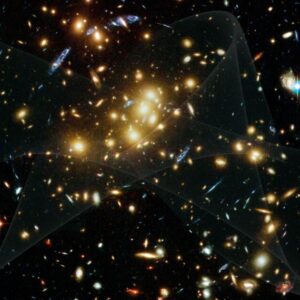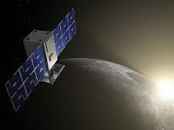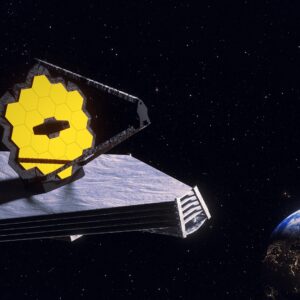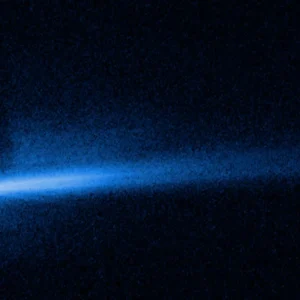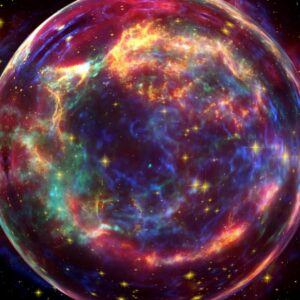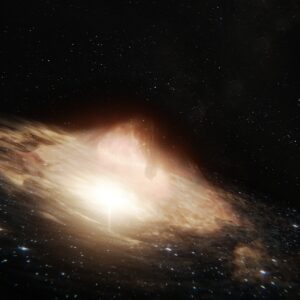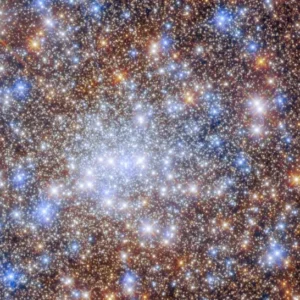The discovery of the physical properties of dark matter and energy in the form of particles could be the first step toward unraveling the mystery of the next dimension.
Diary
Capstone will perform two more clean-up operations to enhance its orbit during the course of the following five days.
While NASA has forbidden reproductive experiments in space with humans, what’s interesting here is to see how animal rights activists will react to the Chinese mission of sending monkeys into space to experiment with the innocent animals’ mating in zero gravity.
xquisite studies of the motion of the black hole’s partner, a star similar to the Sun that orbits the Gaia BH1 black hole at around the same distance as the Earth orbits the Sun.
After a couple of weeks in which we welcomed a partial solar eclipse on October 25, a total lunar eclipse is preparing to take place on Tuesday, November 8. This total lunar eclipse is a rare sight for skywatchers because the Moon will take on a reddish-copper hue, earning it...
NASA’s Artemis program is getting another checkpoint, as the Artemis 1 moon rocket will return to the launch pad early Friday morning (Nov. 4). You can watch the slow-motion action live. The Artemis 1 stack, a massive Space Launch System (SLS) rocket atop an Orion spacecraft, is set to leave...
Astronomers are now able to gather unprecedented information about the early universe with the help of NASA’s James Webb Space Telescope, which was designed primarily to detect the faint infrared light from extremely distant galaxies.
Launched on October 16, 2021, NASA’s Lucy spacecraft has recently provided us with an amazing image of planet earth and its moon from a distance of about 1.4 million kilometers.
Celestron CPC Deluxe 1100 HD Computerized Telescope It’s an amazing piece of equipment a bit heavy to set up. The Celestron CPC Deluxe 1100 HD is a high-quality computerized telescope that is perfect for astrophotography. It features a premium optical tube with 11-inch EdgeHD optics that provides stunning views and...
The new capture is the first of Hubble’s 18 observations of the asteroid since the impact event to reveal an unexpected and startling development: a double tail of debris is emerging from the asteroid system, according to a news release.
While both Herbig-Haro objects are visible, the young star system that gave rise to them is hidden from view, trapped in the dense dust clouds at the image’s center.
The unprecedented view of the radioactive remains of a once-giant star demonstrates that, contrary to the astronomers’ expectations based on previous observations of the stellar corpse, the remains of a supernova are more chaotic.
The average speed of an asteroid is about 22 km/s, but they can range from very slow to very fast.
Chinese scientists have detected an X-ray burst associated with a fast radio burst (FRB) and confirmed that it originated from a magnetar in the Milky Way.
Even in its old age, the Hubble Space Telescope is still providing us with stunning views of distant objects in our universe. In this case, it has given us a glimpse into the enormous star cluster Terzan 4.
